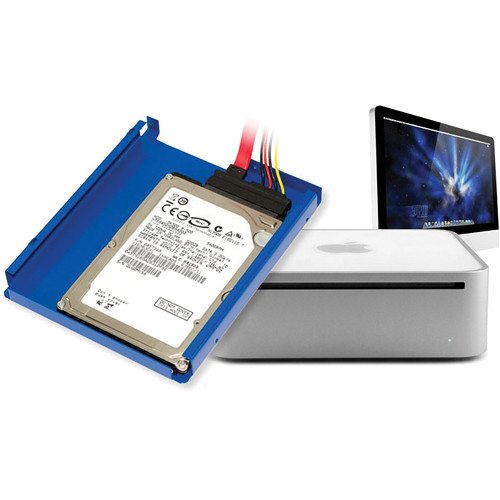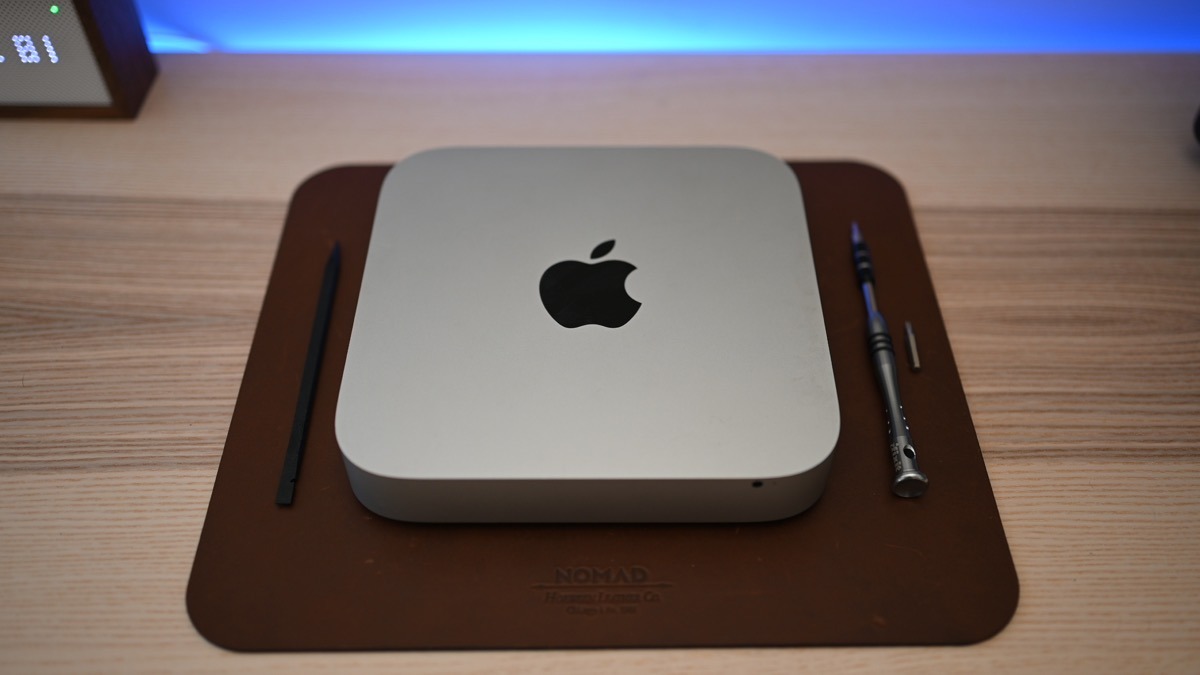The Mac mini just became better value for money, with Apple quietly doubling the standard storage in its smallest desktop computer. While most of the big Mac attention has been paid to the potent Mac Pro over the past twelve months, Apple’s powerhouse is out of reach of the average user. That’s why improving the value proposition for the Mac mini is arguably far more important.
- Internal Hard Drive For Macbook Pro
- Upgrade Hard Drive For Mac Mini 2014
- Mac Mini Upgrade Ssd
- Upgrade Hard Drive For Mac Mini Youtube
Sep 13, 2020 2011/2012 can install 2 of 2.5' SATA SSD/HDD, RAM upgradeable to 16GB. 2014 is 1 Apple SSD (or other NVME with an adapter) and a SATA 2.5' SSD/HDD, soldered ram and Apple sells in 4G, 8G or 16G. Upgrade or replace the hard drive in a Mac Mini Has your Mac Mini hard drive filled to capacity or burnt out? There's no need to buy a new computer, simply swap out the old drive for a new one. Editor's Note: Upgrading the hard drive can be one of the best things you can do for your Mac. But it's also one of the hardest to explain: each Mac model is different, and the upgrade. The boot drive selection screen of the Mac mini, showing the original drive, a Time Machine drive, and the replacement SSD Select the external SSD to continue the booting process from the new drive.
Despite that, Apple’s Mac mini changes for early 2020 only warranted a footnote in the new MacBook Air announcement. Just as the updated ultraportable notebook now doubles up its minimum storage – going from 128GB to 256GB in the $999 version of the macOS laptop – so too the Mac mini is getting a storage bump.
The $799 Mac mini now comes with 256GB of storage as standard, twice what the old desktop was packing. Step up to the $1,099 version, and you’ll find your Mac mini now has 512GB inside, rather than 256GB. There are bigger options if you open your wallet a little more, of course.
At the top end, all configurations of Mac mini can be had with up to 2TB of SSD storage. That will set you back at least $1,599, the 2TB option being a $800 upgrade on the entry-level computer.
More storage, but the same CPUs
It’s worth noting that, while Apple may have changed the Mac mini’s storage, it hasn’t done the same for the diminutive desktop’s processors. They’re still the same 8th generation Intel CPUs. The entry-level model gets a 3.6GHz quad-core Core i3, while there’s a 6-core Core i7 available as an upgrade.
The reality is that, while the new MacBook Air switches to 10th generation Intel silicon, that family of chips aren’t ready with versions suitable for the Mac mini quite yet. Apple skipped the 9th gen chips, and is seemingly holding out for the 10th gen to be available.
Right now, however, the only 10th gen Core chips Intel has on the market are designed for mobile, not desktop. We’re expecting that to change later in 2020, and maybe Apple will even see fit to give us a Mac Pro mini at that point.
Despite the only partial upgrade, it’s tough to argue with the value proposition of the Mac mini. If there’s a reason to hold off and wait out a bigger update, it might be graphics. The Intel UHD Graphics 630 GPU inside the current machine tops out at supporting a single 5120 x 2880 display via Thunderbolt 3. In contrast, the Intel Iris Plus Graphics in the updated MacBook Air can drive a single 6K display at 6016 x 3384 resolution.
The hard drives in the new 2018 Mac mini are PCIe which means they are
USB-C Gen 2 can handle the speeds of most (but not all) SSD drives. So unless you want a very high-end solution, you’ll be fine using an external SSD over USB. An external SSD drive plugged in via USB-C will only be 1/5 the speed of the new internal PCIe drives, but it’s still fast. The external SSD drive on my new mac mini is faster than the internal non-PCIe SSD drive on my previous mac mini.
1. Buying a drive.
My first purchase was a Samsung S5. It’s fast, it’s USB-C Gen 2, and it’s cheap. But it caused a 30-second delay each time my mac booted up. Apparently, this is a common problem
The drive I ended up using was the Seagate Fast SSD. It’s fast and works well. I purchased the 500GB version. I’ve already filled it up so end hindsight I publish should have gone for the 1 TB version but I was trying to save
2. What to put on it.
Now that you’ve connected your drive you need to choose which data to store on it. I used to recommend using your new SSD as the boot drive, but given that the internal SSD drive is now faster, you are better off booting off your internal drive and just putting some files on the external drive.
Internal Hard Drive For Macbook Pro


I kept OSX and my applications on my internal boot drive, as well as my users home folder. So my internal SSD drive looks like this:
- Applications
- Library
- System
- Users
I moved most the large folders from inside my Users folder onto my external SSD. I did not change my home folder to be the external SSD. I copied the files out of my home folder. I did al this when I was migrating the data
Here’s what I moved to my new external SSD Drive:
- Documents (from my user folder – 40GB)
- Downloads (from my user folder – 5GB)
- Mainstage Sounds (from System Folder – 60GB)
- Movies (from my user folder – 10GB)
- Music (from my user folder – 60GB)
- Pictures (from my user folder including my photos library – 140GB)

When you move your Music, Pictures and MainStage files you need to tell iTunes, Apple Photos and Mainstage the new location.

For iTunes, firstly copy all your music files across to the new SSD. (users/yourname/music/iTunes) Then go to Preferences, Advanced, and find ‘iTunes Media folder location’. Click ‘Change’ and select the new folder.
For Photos you need to copy the folder called ‘Photo’s Library’ across, then restart the Photos App while holding the Option key. This gives you the option to select your new Photo library from the external SSD.
Upgrade Hard Drive For Mac Mini 2014
Photos should open the newly copied library and you should be able to see your photos. If that is the case then go to preferences and select ‘use as System Photo Library’ to make this change permanent.
There are some applications that will still want to use files from within your home folder on your internal SSD. That’s okay. I allow them to do that.
Mac Mini Upgrade Ssd
I find it helpful in my own mind to know which files are where so I have my documents, my music and my photos on my external SSD and I have everything else on my internal one.
Upgrade Hard Drive For Mac Mini Youtube
But you can arrange them how you like.
